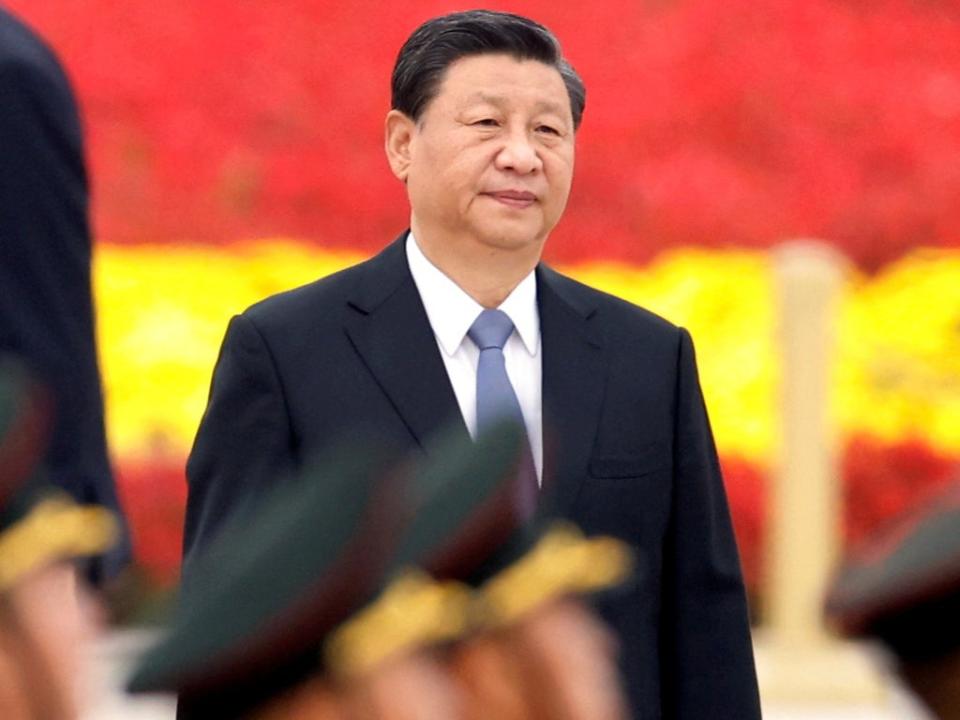China to hit peak emissions by 2030 under newly updated climate policies ahead of Cop26

China has published its updated climate policies immediately ahead of the Cop26 climate summit in Glasgow.
Amid fears the world’s most polluting nation would fail to update its existing commitments to rein in emissions, the updated plans formalise pledges the country has already made, but offer little that is new.
These include the country’s 2060 net zero target, which was announced in September 2020, and a new confirmation that the country will seek to hit peak emissions by 2030, rather than around that date, as it had previously suggested.
In the introduction to a statement setting out the country’s formal “nationally determined contributions”, however, there is acknowledgement of the scale of the crisis.
“Climate change is a grim challenge facing all mankind,” the statement begins, and adds that it already represents “a huge threat to global ecosystem security and socio-economic development of developing countries”.
It also sets out the direct threat the crisis poses to China and the 1.4 billion people who live there.
“China is also among countries most severely affected by climate change,” the statement says.
“Climate change has exerted persistent impacts on China’s ecological environment and socio-economic development, and already brought serious threats to its food, water, ecology, energy, and urban operation security, as well as people’s safety and property.”
Outlining all the changes to its NDC, the statement from Beijing says China’s updated NDC goals are:
To aim to have CO2 emissions peak before 2030 and achieve carbon neutrality before 2060
To lower CO2 emissions per unit of GDP by more than 65 per cent from the 2005 level
To increase the share of non-fossil fuels in primary energy consumption to around 25 per cent
To increase the forest stock volume by 6 billion cubic metres from the 2005 level
To bring its total installed capacity of wind and solar power to over 1.2 billion kilowatts by 2030
There remains doubt as to whether Chinese premier Xi Jinping will attend the Glasgow conference.
If not, the superpower will be represented by veteran climate envoy Xie Zhenhua, who has already held preliminary talks with Mr Sharma and US president Joe Biden’s special envoy John Kerry – a political gesture widely interpreted as a positive indication of Beijing’s commitment to playing a constructive role at the summit.
“We still need to wait for the information from the Ministry of Foreign Affairs, and only after they make an announcement will we tell you,” Mr Xie told Reuters on 19 October when asked whether Mr Xi would be attending.
China’s unambitious NDC update means there is still a critical gap between agreed government policies to tackle the climate crisis, and the level required to actually cut emissions enough to avoid “catastrophic” impacts.
Read More
Cop26 Glasgow news live: Biden says forests ‘indispensable’
What are the Covid rules at Cop26?
Cop26 off to shaky start as queues and chaos mar first 24 hours
Biden says China has made ‘big mistake’ by not attending Cop26
The west has to work with China over coal – hectoring is not the way | Vince Cable

